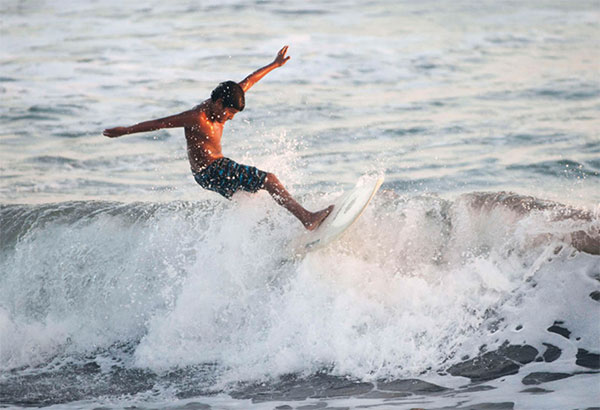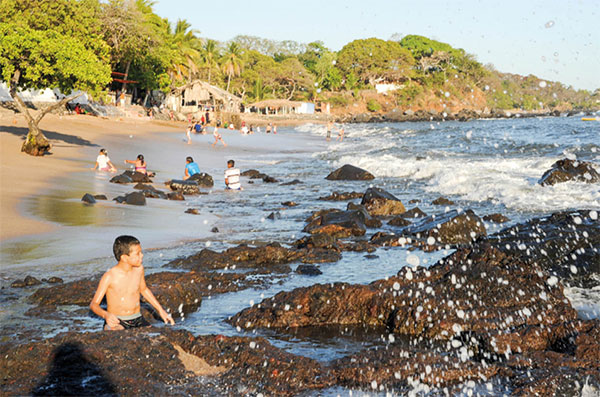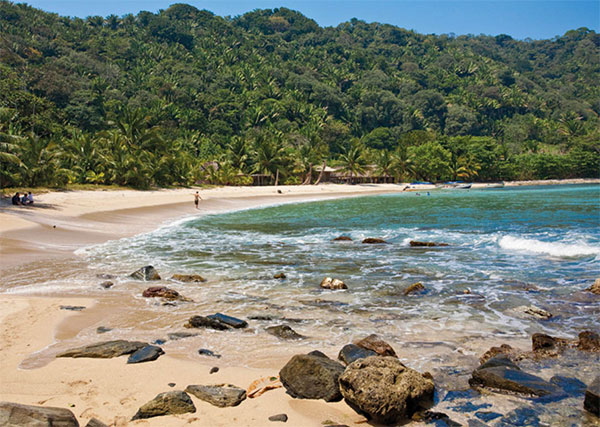MONSEÑOR ROMERO
Born August 15, 1917, in Ciudad Barrios, El Salvador, the Roman Catholic priest Óscar Arnulfo Romero y Galdámez has become a symbol of the struggle for human rights in Central America. After witnessing various abuses of power against the poor at the hands of the military as an archbishop, Romero began speaking out against US military support in El Salvador and called on soldiers to disobey orders to fire on innocent civilians. The violence began to undermine his trust in government officials, and he feared that religion itself was under attack in the country. In 1977, after the murder of his long-time friend, Jesuit Father Rutilio Grande, he suspended masses in the capital’s churches the following Sunday and demanded the punishment of those responsible. Over the coming months his following grew larger and larger. With no more room in the church to hear his sermons, many listened to YSAX, the archdiocesan radio station. Not only did he denounce the violence of the civil war, but he denounced the injustice that helped start it. In 1980, while celebrating mass in the chapel of the cancer hospital where he lived, he was assassinated by members of Salvadoran death squads, including two graduates of the infamous School of the Americas. Romero suspected that he could be a martyr, once stating: ‘I do not believe in death without resurrection. If they kill me, I shall rise again in the Salvadoran people.’
Bahía de Jiquilisco
More wild and raw than points east, the Bahía de Jiquilisco $ [map] is closed off from the Pacific by the San Juan del Gozo Peninsula. The bay is ringed by mangrove forests and coconut groves cover many of the islands. The Pacific side of the peninsula, one seemingly endless white beach with rough surf, is home to a few small fishing villages like Corral de Mulas, which has a small hotel and restaurant facing the bay. Tour companies in San Salvador, such as Eco Maya Tours (www.ecomayantours.com), can help set up kayaking and bird-watching trips in the bay.
Pacific coast
While well known to Salvadorans, the beaches of El Salvador’s Pacific coast are only beginning to appear on the radar to other travelers in Central America. The waves are among the best in Central America and both pros and beginners come here by the busload, shacking up in low-key surf camps on the coves of the Balsamo Coast. To the east, the Costa del Sol is a favorite escape for non-surfers indulging in large, gated resorts.

Children surf the waves off Playa El Tunco.
Getty Images
Costa del Sol
At just 25-minutes from the airport, visiting the Costa del Sol % [map] is one way to experience El Salvador. This roughly 20km (12.5 mile) strip of land between the Pacific and an enclosed bay has been developing since the end of the Civil War and many wealthy Salvadorans have snatched up real estate here and dock their yachts along the inlet. While most other beaches in the country tend to be rocky with strong waves and currents, the Costa del Sol’s beaches are sandy and calm.
Large and midsize yet reasonably priced resorts like the Bahia del Sol (www.bahiadelsolelsalvador.com), Tortuga Village (www.tortuga-village.com) and Hotel Pacific Paradise (www.hotelpacificparadise.com) are scattered along the strip in gated compounds. There’s no central town to speak of and just a few restaurants dotted around, so many visitors tend to confine themselves within the resorts. An easy day trip from the capital, many tour operators offer transportation there and back, bundled with the use of the pool and other amenities at some of the resorts.
The Balsamo Coast
This bustling port town of La Libertad is the easternmost point of the Balsamo Coast ^ [map] , a 32km (20 mile) string of black sand beaches known for some of the best waves in all Central America. Once considered quite dangerous, the city has cleaned up its image in recent years, though there’s really no reason to spend the night here. While passing through, stop to walk along the long fishermen pier and maybe have lunch at the decades old Italian seafood spot, La Dolce Vita (www.ladolcevita.com.sv).
The Balsamo Coast, named for the balsam trees once found here in abundance, begins west of La Libertad at Playa El Tunco and neighboring El Sunzal. The rocky ocean is rich with sea turtles, dolphins, and other marine life, though it’s better known for the consistent surf. There are dozens of small surf hostels and surf shops around town and surf guides like Cadejo Adventures (www.facebook.com/cadejotravelsv) can set up visits to more remote breaks like Punta Roca or La Bocana, as well as paragliding trips off the coastal cliffs. On weekends, the bars and beach clubs come alive with residents of San Salvador, who make the 45-minute drive back to the capital after the sunrise. Several dozen small hotels cluster together within a 10-minute walk of town.
Weekend homes of wealthy Salvadorans line the green hillsides in the attractive village of Atami, 8km (5 miles) to the west of Playa El Tunco, which rises above a small cove surrounded by a handful of nice seafood restaurants. More relaxed is Playa El Zonte, a fishing village with a wide beach and little nightlife. The waves are less intense here, making for surfing suitable for beginners. Aside from a few small villages, the beachfront is quite empty all the way to Los Cóbanos on the western end of the Balsamo Coast, where there’s excellent snorkeling and diving on the reef just offshore. Between Los Cóbanos and the port of Acajutla is where you’ll find the all-inclusive resort, Royal Decameron Salinitas (www.decameron.com).
Barra de Santiago
Northwest of Acajutla, sandwiched between the Pacific and a mangrove-filled estuary, is Barra de Santiago & [map] , a remote sandbar lined with coconut palms and a few tourist facilities. A two-hour trip from San Salvador, few make the effort to reach this unspoiled beach town backed by the green hills of El Imposible National Park (tel: +503 2202 1515). From August to November, the area is one of the most active sea turtle nesting sites in Central America.

The beach of Los Cóbanos.
Shutterstock

Cocalto Beach in Parque National Jeanette Kawas in Honduras.
AWL Images